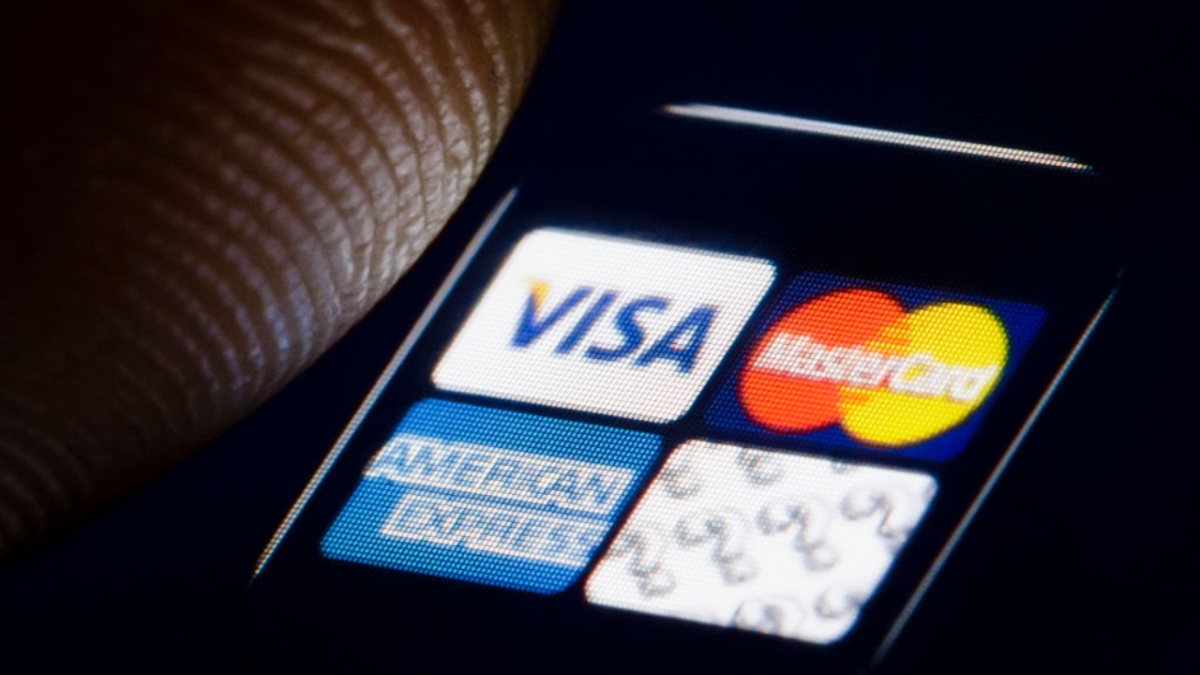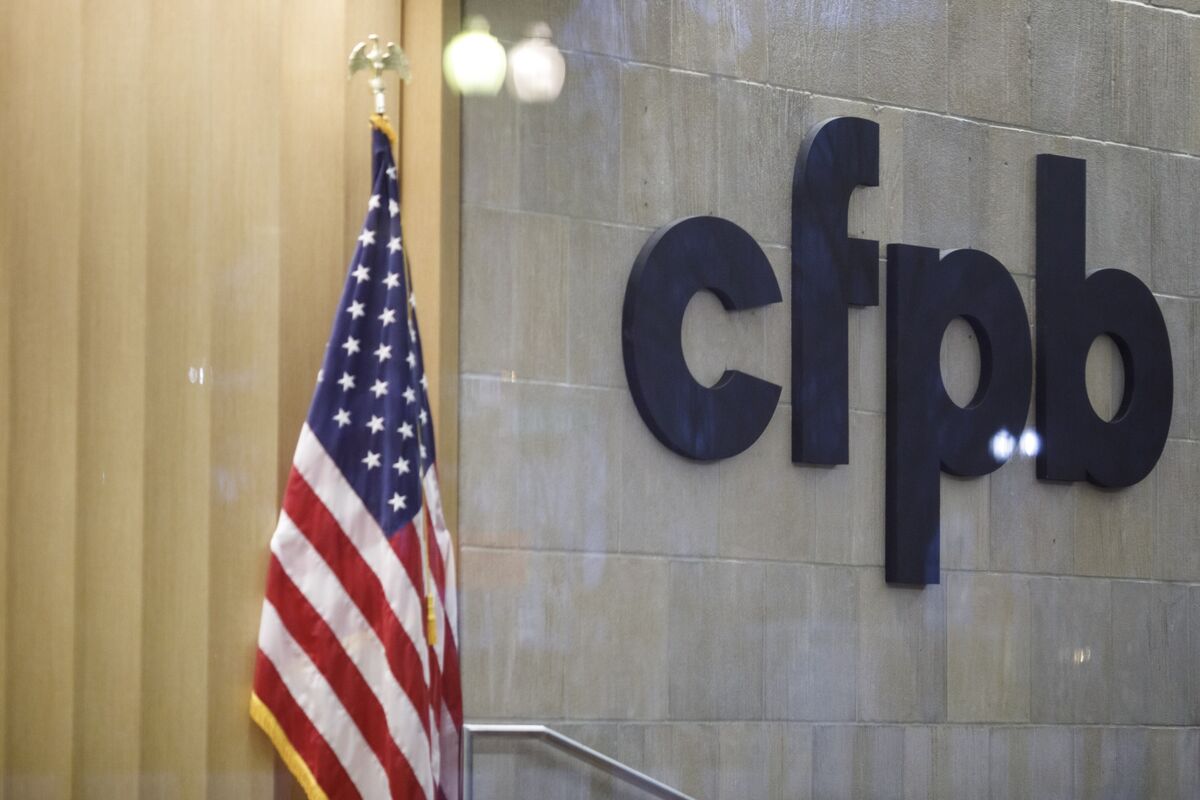Home>Finance>What Is The Minimum Payment On The American Express Everyday Card


Finance
What Is The Minimum Payment On The American Express Everyday Card
Published: February 26, 2024
Learn about the minimum payment for the American Express Everyday Card and manage your finances wisely. Find out more about the minimum payment requirements and how it impacts your finances.
(Many of the links in this article redirect to a specific reviewed product. Your purchase of these products through affiliate links helps to generate commission for LiveWell, at no extra cost. Learn more)
Table of Contents
- Understanding the Importance of Minimum Payments on the American Express Everyday Card
- Exploring the Features and Benefits of the American Express Everyday Card
- Unraveling the Calculation Process for the Minimum Payment on the American Express Everyday Card
- Exploring the Variables that Influence the Minimum Payment on the American Express Everyday Card
- Empowering Responsible Financial Management with Effective Minimum Payment Strategies
- Empowering Informed Financial Decision-Making with a Comprehensive Understanding of Minimum Payments
Introduction
Understanding the Importance of Minimum Payments on the American Express Everyday Card
The American Express Everyday Card is a popular choice for individuals seeking a balance between rewards and everyday spending. As with any credit card, understanding the minimum payment requirements is crucial for maintaining financial health and managing debt responsibly. In this article, we will delve into the specifics of the minimum payment on the American Express Everyday Card, shedding light on how it is calculated and the factors that influence it. By gaining a comprehensive understanding of the minimum payment process, cardholders can make informed decisions to effectively manage their finances and maximize the benefits of their credit card.
The minimum payment is the lowest amount that a cardholder must pay each month to keep their account in good standing. While it may be tempting to only pay the minimum, doing so can result in accruing significant interest and prolonging the repayment period. Therefore, it is essential to comprehend the minimum payment requirements and explore strategies for managing them effectively. Throughout this article, we will provide insights into the determination of the minimum payment, the factors that impact its calculation, and valuable tips for managing minimum payments responsibly. By the end, readers will have a comprehensive understanding of the minimum payment process, empowering them to make informed financial decisions and utilize their American Express Everyday Card to its full potential.
Understanding the American Express Everyday Card
Exploring the Features and Benefits of the American Express Everyday Card
The American Express Everyday Card is designed to cater to individuals who seek a balance between earning rewards and managing their day-to-day expenses. This card offers a range of benefits, including points for everyday purchases, making it an attractive option for those looking to maximize their spending. Cardholders can earn points on eligible purchases, such as groceries, gas, and other daily essentials, providing an opportunity to accumulate rewards effortlessly.
Furthermore, the American Express Everyday Card often features introductory offers, such as bonus points for reaching a specified spending threshold within the initial months of card ownership. These incentives can significantly enhance the cardholder’s rewards balance, making it a compelling choice for those seeking immediate benefits. Additionally, the card may offer benefits such as purchase protection and extended warranty coverage, providing peace of mind when making everyday purchases.
One of the distinguishing features of the American Express Everyday Card is the potential to earn Membership Rewards points, which can be redeemed for a variety of rewards, including travel, merchandise, and statement credits. This versatility in redemption options adds to the appeal of the card, allowing cardholders to tailor their rewards to align with their preferences and lifestyle.
Moreover, the American Express Everyday Card often includes benefits such as access to exclusive events and offers, further enhancing the overall cardholder experience. By providing access to unique experiences and special deals, the card aims to add value beyond its core rewards program, fostering a sense of exclusivity and appreciation for its cardholders.
Understanding the features and benefits of the American Express Everyday Card is essential for maximizing its potential and making informed financial decisions. By leveraging its rewards program, introductory offers, and additional perks, cardholders can make the most of their everyday spending while effectively managing their finances.
Determining the Minimum Payment
Unraveling the Calculation Process for the Minimum Payment on the American Express Everyday Card
Understanding how the minimum payment is calculated on the American Express Everyday Card is essential for responsible financial management. The minimum payment typically consists of a percentage of the outstanding balance, along with any fees and interest accrued during the billing cycle. It is important to note that making only the minimum payment can result in increased interest charges and an extended repayment period, potentially leading to higher overall costs. Therefore, it is advisable for cardholders to aim for paying more than the minimum to reduce their outstanding balance and minimize interest expenses.
The calculation of the minimum payment often involves a predetermined percentage of the total balance, typically ranging from 1% to 3% of the outstanding amount. Additionally, any fees, such as late fees or returned payment fees, and the interest accrued during the billing cycle are included in the minimum payment requirement. This comprehensive approach ensures that the minimum payment reflects not only the outstanding balance but also any additional charges incurred.
For example, if a cardholder has an outstanding balance of $1,000 on their American Express Everyday Card, the minimum payment could range from $10 to $30, based on a 1% to 3% calculation. This amount would also encompass any applicable fees and the interest accrued during the billing cycle, providing a clear overview of the minimum payment obligation.
It is important for cardholders to review their monthly statements to understand the specific calculation method employed by American Express for determining the minimum payment. By gaining insight into the calculation process, cardholders can make informed decisions regarding their payment strategy and aim to reduce their outstanding balance effectively.
By unraveling the calculation process for the minimum payment on the American Express Everyday Card, cardholders can gain clarity on the factors influencing this essential financial obligation. Armed with this knowledge, individuals can navigate their credit card payments with confidence, striving to manage their finances responsibly and minimize the impact of interest charges.
Factors Affecting Minimum Payment
Exploring the Variables that Influence the Minimum Payment on the American Express Everyday Card
The minimum payment on the American Express Everyday Card is influenced by various factors, each playing a crucial role in determining the cardholder’s financial obligation. Understanding these factors is essential for individuals seeking to manage their credit card payments effectively and make informed decisions regarding their finances.
Outstanding Balance: The outstanding balance on the American Express Everyday Card directly impacts the minimum payment. As the outstanding balance increases, the minimum payment will also rise, reflecting the higher amount owed by the cardholder. It is important for individuals to monitor their outstanding balance and consider paying more than the minimum to reduce their overall debt and minimize interest charges.
Interest Rate: The interest rate associated with the American Express Everyday Card influences the minimum payment calculation. A higher interest rate results in increased interest charges, which are factored into the minimum payment requirement. Cardholders should be mindful of their card’s interest rate and consider strategies to reduce interest expenses, such as paying more than the minimum or seeking lower-rate financing options.
Fees and Charges: Additional fees, such as late fees or returned payment fees, contribute to the minimum payment obligation. Cardholders should strive to avoid incurring these fees by making timely payments and maintaining awareness of their account activity. Minimizing fees can help individuals allocate more of their payments toward reducing their outstanding balance, rather than covering avoidable charges.
Payment History: The payment history of the cardholder can impact the minimum payment, particularly if there are past-due amounts or missed payments. Delinquent payment history may result in a higher minimum payment requirement, as the card issuer seeks to mitigate the risk associated with late payments. Maintaining a positive payment history is crucial for managing the minimum payment and overall financial well-being.
Credit Limit Utilization: The utilization of the credit limit, or the percentage of available credit used, can influence the minimum payment. Higher utilization may lead to an increased minimum payment, as it signals a greater reliance on credit and a potentially higher risk for the card issuer. Cardholders should aim to manage their credit limit utilization responsibly, keeping it within recommended thresholds to avoid unnecessary impacts on the minimum payment.
By exploring the variables that influence the minimum payment on the American Express Everyday Card, cardholders can gain insight into the dynamics of this essential financial obligation. Recognizing these factors empowers individuals to proactively manage their credit card payments, mitigate unnecessary expenses, and work towards financial stability.
Tips for Managing Minimum Payments
Empowering Responsible Financial Management with Effective Minimum Payment Strategies
Managing minimum payments on the American Express Everyday Card requires a strategic approach to ensure responsible financial management and minimize the impact of interest charges. By implementing effective strategies, cardholders can navigate their minimum payment obligations with confidence, ultimately working towards reducing their outstanding balance and achieving greater financial stability.
Pay More Than the Minimum: While the minimum payment is the required amount to keep the account in good standing, it is advisable to pay more whenever possible. By exceeding the minimum payment, cardholders can reduce their outstanding balance faster and minimize the accumulation of interest charges, ultimately saving money in the long run.
Create a Payment Schedule: Establishing a consistent payment schedule can help individuals stay organized and ensure timely payments. Whether it is aligning payments with paydays or setting up automatic payments, a structured approach can prevent missed payments and the associated fees, contributing to effective debt management.
Monitor Spending Habits: Being mindful of spending habits and making conscious purchasing decisions can contribute to better financial management. By controlling discretionary spending and focusing on essential purchases, cardholders can potentially reduce their credit card balance, leading to more manageable minimum payments.
Seek Lower Interest Options: Exploring opportunities to transfer balances to lower-interest credit cards or seeking out promotional financing offers can help individuals reduce their overall interest expenses. By minimizing the impact of interest charges, cardholders can allocate more of their payments towards reducing their principal balance.
Communicate with the Card Issuer: In cases of financial hardship or unexpected circumstances, it is beneficial to communicate with the card issuer proactively. Some issuers may offer assistance programs or alternative payment arrangements to help cardholders manage their minimum payments during challenging times.
Review and Understand Statements: Regularly reviewing credit card statements and understanding the details of the minimum payment calculation can provide valuable insights into the factors influencing the payment obligation. This awareness enables cardholders to make informed decisions regarding their payment strategy and overall financial planning.
By implementing these tips for managing minimum payments, cardholders can take proactive steps towards responsible financial management and effective debt reduction. Empowered with these strategies, individuals can navigate their credit card payments with confidence, striving to achieve greater financial well-being and long-term stability.
Conclusion
Empowering Informed Financial Decision-Making with a Comprehensive Understanding of Minimum Payments
Throughout this exploration of the minimum payment process on the American Express Everyday Card, we have uncovered essential insights into the calculation, influencing factors, and effective management strategies. By gaining a comprehensive understanding of the minimum payment requirements, cardholders can make informed decisions to navigate their credit card payments responsibly and work towards achieving greater financial stability.
It is evident that the minimum payment is a fundamental aspect of managing credit card debt, serving as a baseline requirement to keep the account in good standing. However, it is crucial for individuals to recognize that paying only the minimum can lead to prolonged repayment periods and increased interest charges. Therefore, striving to pay more than the minimum whenever feasible is a prudent approach to reducing outstanding balances and minimizing the impact of interest expenses.
Factors such as the outstanding balance, interest rate, fees, payment history, and credit limit utilization play significant roles in influencing the minimum payment. By understanding these variables, cardholders can proactively manage their credit card payments, mitigate unnecessary expenses, and work towards achieving financial well-being.
Effective strategies, including paying more than the minimum, establishing payment schedules, monitoring spending habits, seeking lower interest options, and maintaining open communication with the card issuer, empower individuals to navigate their minimum payment obligations with confidence. By implementing these strategies, cardholders can take proactive steps towards responsible financial management and effective debt reduction.
Ultimately, a comprehensive understanding of the minimum payment process on the American Express Everyday Card equips individuals with the knowledge to make informed financial decisions, optimize their credit card usage, and strive towards long-term financial stability. By leveraging this knowledge, cardholders can unlock the full potential of their credit card benefits while effectively managing their minimum payments and working towards a healthier financial future.














